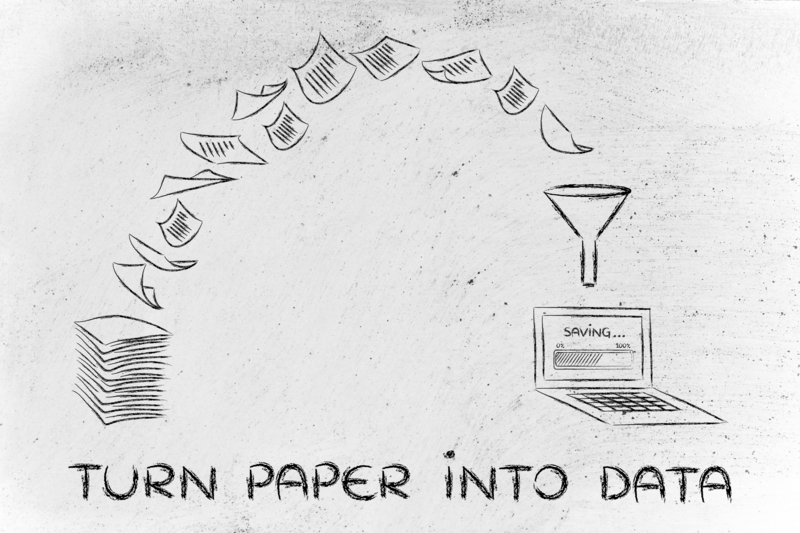The Do's and Don'ts of PPE Waste Disposal: A Complete Guide
In recent years, the use of personal protective equipment (PPE) has skyrocketed globally, becoming an essential component in public health, workplaces, and households. As a result, proper PPE waste disposal has never been more critical--for both environmental safety and public health. Whether you are an individual, a healthcare professional, or a business owner, understanding the correct practices for disposing of face masks, gloves, gowns, and other protective gear is crucial. This comprehensive guide walks you through the do's and don'ts of PPE waste management, helping you stay compliant, eco-conscious, and responsible.

Why Responsible PPE Disposal Matters
The surge in disposable PPE use has led to a significant increase in waste. If not managed properly, PPE waste can present severe risks:
- Environmental Impact: Non-biodegradable plastics in masks, gloves, and other items contaminate landfills and oceans, harming wildlife and ecosystems.
- Health Hazards: Improperly discarded PPE can be contaminated with pathogens, risking the health of sanitation workers and the public.
- Regulatory Compliance: Many regions enforce laws regarding medical and hazardous waste; failing to comply may result in fines or penalties.
The Do's of PPE Waste Disposal
1. Segregate PPE Waste Properly
The first and most important step is always to keep PPE waste separate from regular household or office trash. Use designated bins (preferably labeled) for masks, gloves, gowns, face shields, and other disposable protective items.
- Healthcare settings: Use yellow or red bins as per biohazard protocols.
- Offices and homes: Use a dedicated lined container for used PPE items.
2. Use Sealable Bags for Disposal
Always discard used PPE in a sealed plastic bag. Tie the bag securely before placing it in the designated disposal bin. This limits direct contact and the risk of contamination.
3. Wash Your Hands After Handling PPE Waste
After disposing of PPE, wash your hands thoroughly with soap and water for at least 20 seconds. If soap and water are unavailable, use an alcohol-based hand sanitizer.
4. Follow Local Guidelines and Regulations
Regulations for PPE disposal may vary depending on your locality or country. Healthcare facilities, for instance, are required to follow strict laws regarding infectious waste. Always check for local ordinances and adapt your practices accordingly.
5. Employ Professional Waste Disposal Services
For high volumes of PPE waste--such as in clinics, offices, or during events--partner with licensed waste management companies. They possess specialized equipment and knowledge to handle, treat, and dispose of large quantities safely.
6. Educate and Train Staff
Businesses and healthcare organizations should train employees on proper PPE disposal methods. Place visible signs near disposal bins and provide clear instructions during onboarding.
7. Recycle Where Possible
While most disposable PPE is not recyclable through traditional means due to contamination risks, some programs do accept PPE recycling. Look for certified programs in your area for items such as uncontaminated face shields or plastic-based masks.
The Don'ts of PPE Waste Management
1. Don't Mix PPE Waste with Regular Trash
One of the most common mistakes is throwing used PPE like masks and gloves into the same bin as food wrappers or paper waste. This poses risks for both waste handlers and the environment. Always dedicate a separate container for PPE disposal.
2. Don't Reuse Single-Use PPE
Items such as surgical masks and disposable gloves are designed for one-time use only. Never attempt to wash or reuse disposable PPE. Doing so increases the risk of infection and cross-contamination.
3. Don't Litter or Burn PPE Waste
*Never* dispose of PPE by tossing it onto streets, parking lots, or open spaces. Burning PPE releases toxic gases like dioxins and furans, which can severely affect human health and the environment. Use authorized disposal methods only.
4. Don't Flush PPE Down Toilets or Drains
Flushing face masks, gloves, or wipes leads to major plumbing issues and environmental pollution. Drains are not designed to handle such materials, which can cause blockages and disrupt municipal sewage systems.
5. Don't Leave Used PPE Unattended
Leaving used PPE in common areas, on desks, or in cars increases the risk of spreading infection to others. Always dispose of used PPE immediately after use.
6. Don't Assume All PPE is Non-Recyclable
While most used PPE (especially from healthcare settings) is not recyclable, some manufacturers and specialized recycling programs accept clean, uncontaminated PPE. Always check recycling guidelines before tossing everything into waste.
Types of PPE Waste and Disposal Methods
1. Face Masks and Respirators
- Disposal Method: Used masks should be placed in a sealed bag before discarding in the appropriate bin. Never cut up masks before disposal as it can disperse particles.
- Variation: N95 respirators used in medical settings should be treated as clinical hazardous waste.
2. Gloves
- Always remove gloves without touching the exterior and dispose of them in a lined bin immediately after use.
- Do not wash and reuse disposable gloves.
3. Gowns and Aprons
- Single-use gowns should be disposed of as clinical waste, especially if visibly soiled.
- Reusable gowns require professional laundering and should not be disposed of with standard waste.
4. Face Shields and Goggles
- If intended for single use, discard similarly to masks and gloves.
- If reusable, disinfect properly after each use as per manufacturer's guidelines.
Innovative Solutions for PPE Waste Reduction
With the environmental impact of single-use PPE becoming clear, businesses and institutions are exploring innovative solutions for reducing PPE waste:
- Biodegradable PPE: New materials made from natural fibers or biodegradable polymers are entering the market.
- Reusable PPE: Cloth-based, washable masks and gowns help reduce single-use waste, provided they are washed and sanitized properly.
- PPE Recycling Programs: Organizations like TerraCycle and local governments sponsor PPE recycling bins in hospitals and public places.
Practical Tips for Safe PPE Waste Handling at Home
- Set Up a Dedicated Bin: Place it near your main entrance for easy disposal after returning from public spaces.
- Lining Matters: Use a sturdy liner (such as a thick garbage bag) and change it frequently.
- Inform All Family Members: Make sure everyone at home is aware of the correct process for handling and discarding PPE.
- Disposal Frequency: Do not let used PPE accumulate. Tie up and dispose of waste bags at least daily, especially if anyone in the household is sick.
Common Mistakes in PPE Waste Disposal
Even with the best intentions, mistakes happen. Here are some of the most common errors to avoid in PPE waste management:
- Stuffing PPE waste bins until they overflow, increasing the risk of spillage.
- Not washing hands immediately after disposing of used PPE.
- Leaving discarded PPE in cars or public spaces.
- Turning PPE items inside out to "stretch" usage--this does not reduce the risk and can increase cross-contamination.
- Ignoring local disposal guidelines and defaulting to general waste bins.
PPE Waste Disposal: Regulations and Compliance
Many governments and organizations provide clear policies for PPE waste disposal:
- OSHA (Occupational Safety and Health Administration): Sets standards for workplace PPE use and waste handling in the USA.
- CDC (Centers for Disease Control and Prevention): Offers guidelines for the disposal of PPE in healthcare and community settings.
- Local Waste Management Authorities: Consult your local municipality for specific rules pertaining to PPE waste segregation and collection.
- European Waste Catalogue (EWC): Lists PPE waste under specific hazardous codes.

Frequently Asked Questions About PPE Waste Disposal
Can I recycle used PPE?
Most used PPE, especially if contaminated, cannot be recycled through standard programs. Check for special recycling initiatives in your area for clean and uncontaminated items.
Is there a risk of disease spread from PPE waste?
Yes, contaminated PPE can harbor pathogens. Secure bagging, proper handling, and timely disposal are crucial to minimizing risks.
How often should I empty my PPE waste bin at home?
Ideally, empty the bin daily--especially if anyone is ill. Never let used PPE accumulate for more than 24 hours.
Conclusion: Protect Yourself and the Planet
Mastering the do's and don'ts of PPE waste disposal is an essential element of modern civic responsibility. Correct practices reduce health risks, safeguard the environment, and ensure regulatory compliance. By staying informed, segregating waste, and following local guidelines, everyone can play a part in creating a safer, cleaner future. Take your role seriously--dispose of personal protective equipment responsibly!
- Always: Segregate, seal, wash hands, and follow local rules.
- Never: Litter, flush, burn, or reuse single-use PPE.
For further reading and updates on PPE waste initiatives, refer to your local public health department or environmental agency. Together, we can make responsible PPE waste disposal the new normal!